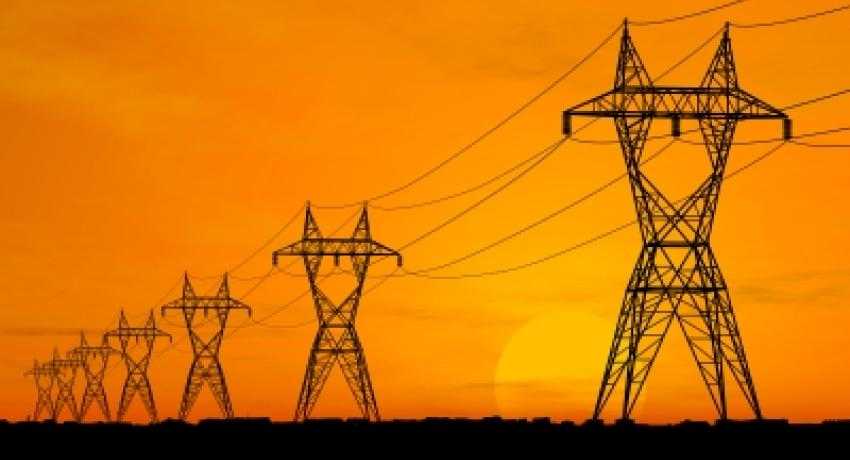How solar energy threatens utility companies
 Editor's note: This is the second post in a three-part series
Editor's note: This is the second post in a three-part series
The Edison Electric Institute, a trade group representing most of the country’s investor-owned utilities, released a report titled: “Disruptive Challenges: Financial Implications and Strategic Responses to a Changing Retail Energy Business” earlier this year.
The report said utilities need to stop ignoring the imminent threat that distributed generation, particularly solar, poses to their business model, especially as battery technology advances.
“As the cost curve for these technologies improves, they could directly threaten the centralized utility model,” the report reads. “One can imagine a day when battery storage technology or micro turbines could allow customers to be electric grid independent.”
The report compared today’s utility structure to the telecommunications industry 10 years ago when it was hard to imagine consumers snipping their landlines in favor of cell phones.
“That report is really a remarkable document because it’s actually a self-written obituary,” said Bryan Miller, president of TASC and vice president of public policy for Sunrun.The report highlights the threat that distributed generation poses and recommends fighting it in order to preserve the current business model.
“There’s almost zero discussion about being innovative,” Miller said. “What the utilities don’t realize is that the net metering debate is missing a huge piece of the puzzle. Storage is going to happen.”
When storage catches up, utility customers will have a true alternative to grid power. Residential customers in particular will be able to choose between buying grid power, investing in solar and battery systems they own, or leasing solar panels and batteries similar to leasing solar panels from companies like Sunrun, SolarCity, Sungevity and Verengo. When solar and storage can be an outright replacement for grid connections, it won’t matter anymore if utilities allow third-party owned energy production on their grids, which has kept leasing companies out of some markets. Consumers will be able to choose to replace grid power with solar.
“The global investment in electric vehicles has created global scale demand for storage and rapid cost declines,” Miller said.
Germany, which led the solar revolution with its feed-in-tariff years ago, has shifted its focus to incentivizing innovation and adoption of advanced battery and energy storage technologies.
See Part III, Can utility companies innovate?
See Part I, Utilities' fight against solar might have been lost before it started




